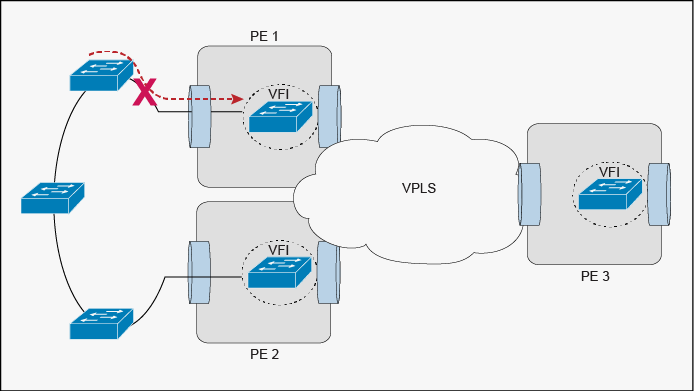Cisco 352-011 - Cisco Certified Design Expert Practical Exam
Refer to the exhibit.

This Layer 2 ring has 10 VLANs with 1000 MAC addresses in each VLAN. Which protocol or mechanism provides the shortest traffic outage if the link marked with “X†fails?
A large ISP is analysing which IGP meets these following requirements
ï‚· Network must be resilient against unstable MTU in one side of newly released transmission pieces of equipment
ï‚· Network must support MPLS traffic engineering solution for future use
Which IGP must be selected and why?
Which option describes the fundamental design differences between an IP-based network design and a SAN-based?
A network has several routers running IS-IS L1L2 mode on the same Ethernet segment. Which action reduces to a minimum the number of IS-IS adjacencies in this segment?
Which effect of designing a Layer 2 network using the PortFast fast feature with PVST+ is true?
Which three processes are part of the ITILv3 Service Operation? (Choose three)
Which three different behaviors must a network designer expect when bidirectional PIM is used instead of PIM Sparse Mode? (Choose three)
Which option is a critical mechanism to optimize convergence speed when using MPLS FRR?
Which markup language is used to format Ansible's playbook?
Which option describes a design benefit of root guard?



